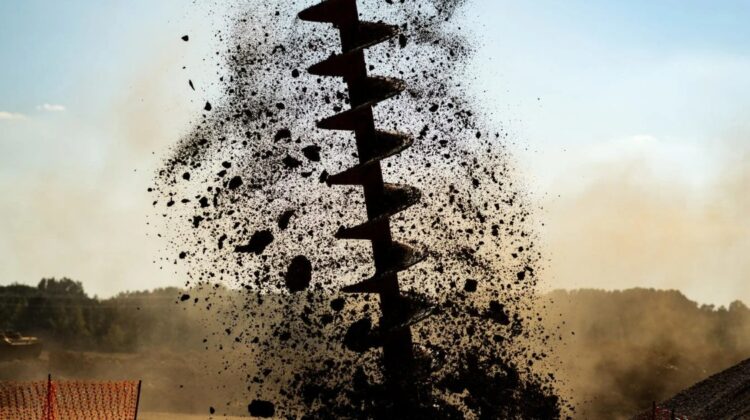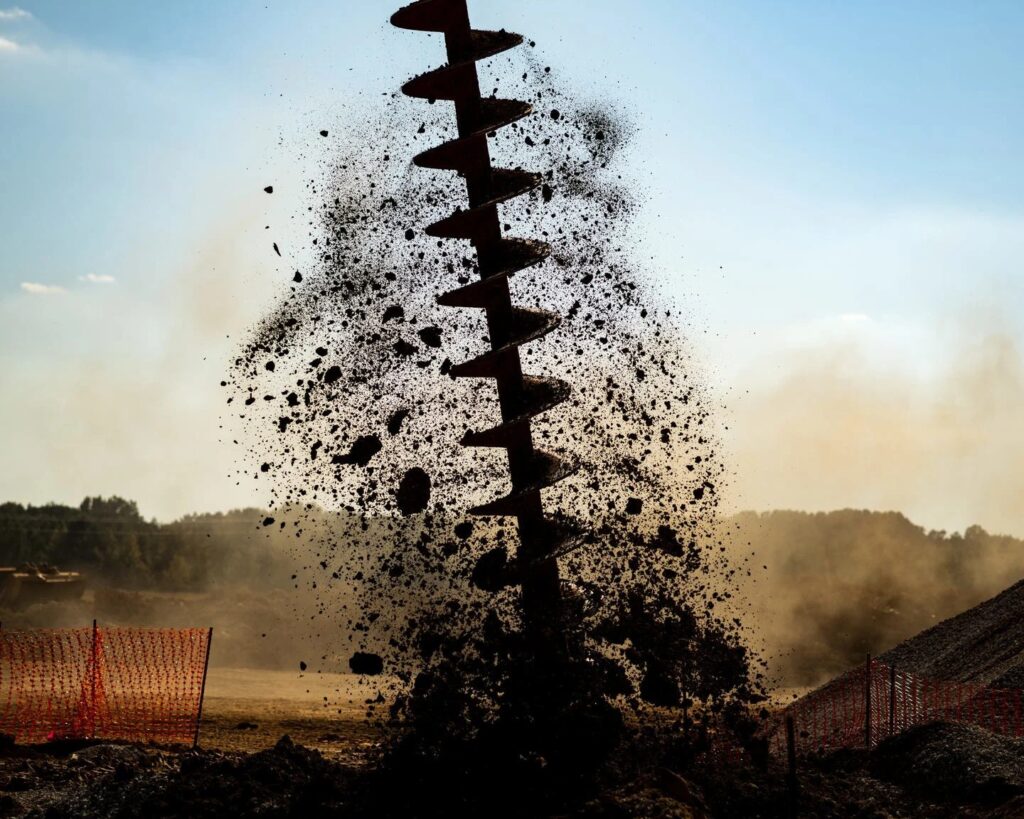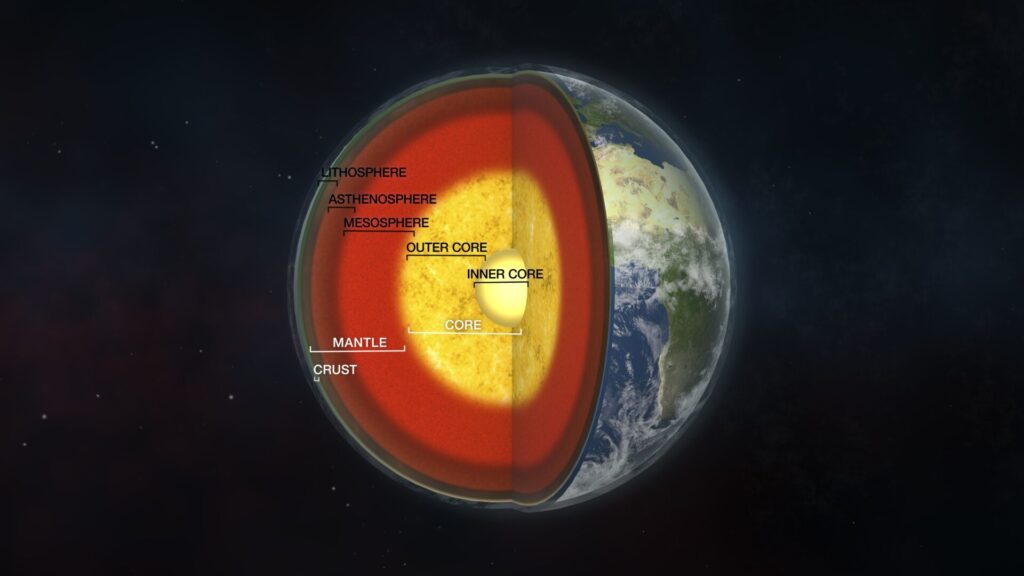
In May 2023, scientists achieved a significant milestone by drilling the deepest core ever into the Earth’s mantle, recovering serpentinized peridotite—a rock altered when saltwater interacts with mantle material. This core was extracted 800 meters south of the Lost City hydrothermal field on the Mid-Atlantic Ridge, using the JOIDES Resolution, a 470-foot research vessel funded by the U.S. National Science Foundation.

This drilling effort, led by the International Ocean Discovery Program (IODP), reached a depth of 1,268 meters, far exceeding the initial goal of 200 meters. The mission aimed to understand the mantle, which constitutes 70 percent of Earth’s mass and 84 percent of its volume. Although the drilling did not reach the Mohorovičić discontinuity (Moho)—the boundary between the Earth’s crust and the mantle—it provided valuable insights into the upper mantle’s composition.

The core contained abyssal peridotites and harzburgite, which formed through partial melting of mantle rock, and gabbros, coarse-grained igneous rocks that reacted with seawater. This research offers a closer look at the geology beneath the Lost City, a key area for studying early life evolution.

Despite this progress, future drilling missions past 2024 are uncertain, as the NSF has not committed to further funding. As scientists edge closer to directly sampling the Earth’s mantle, the prospects for continued exploration remain in question.

Leave a Reply